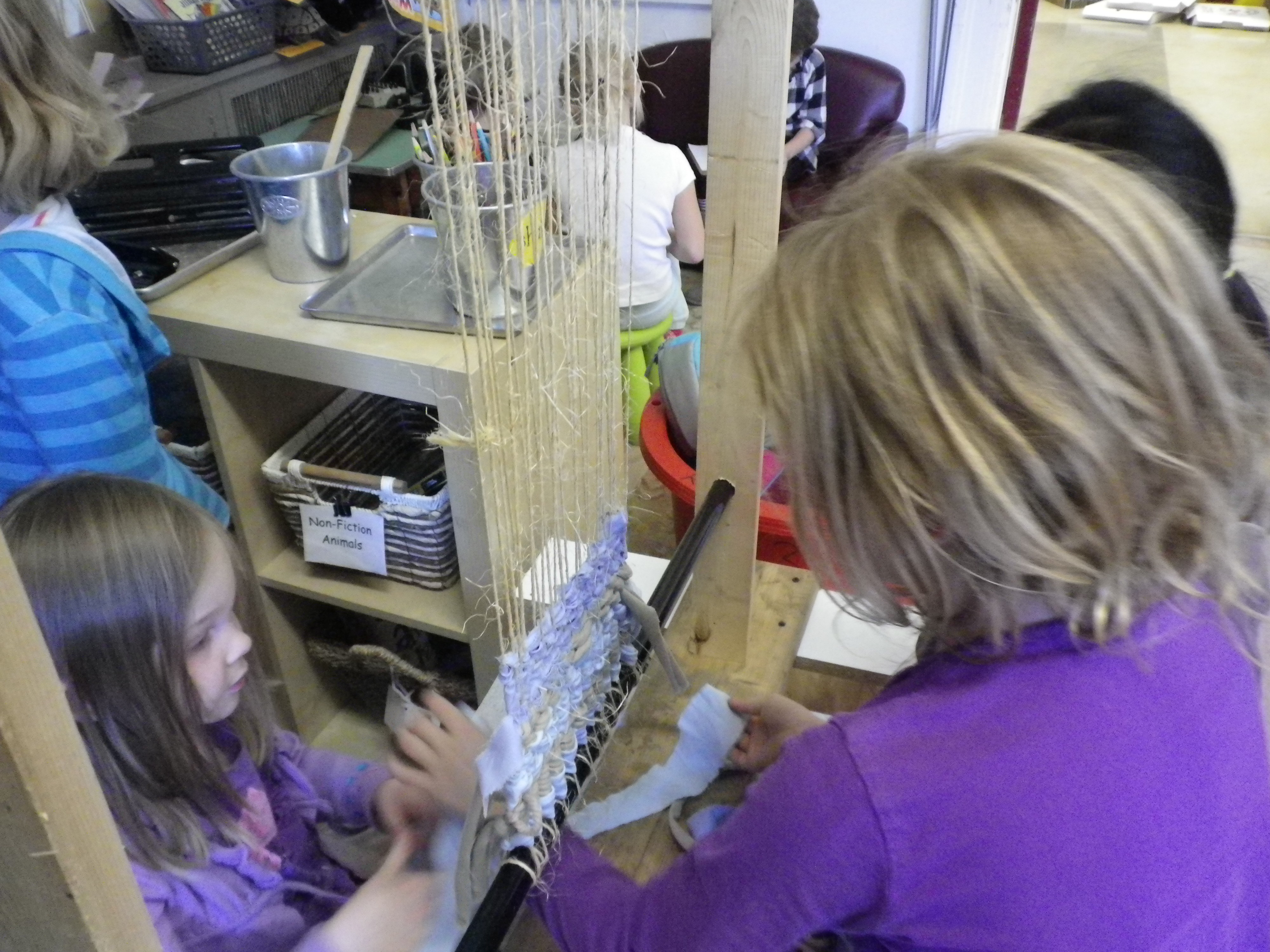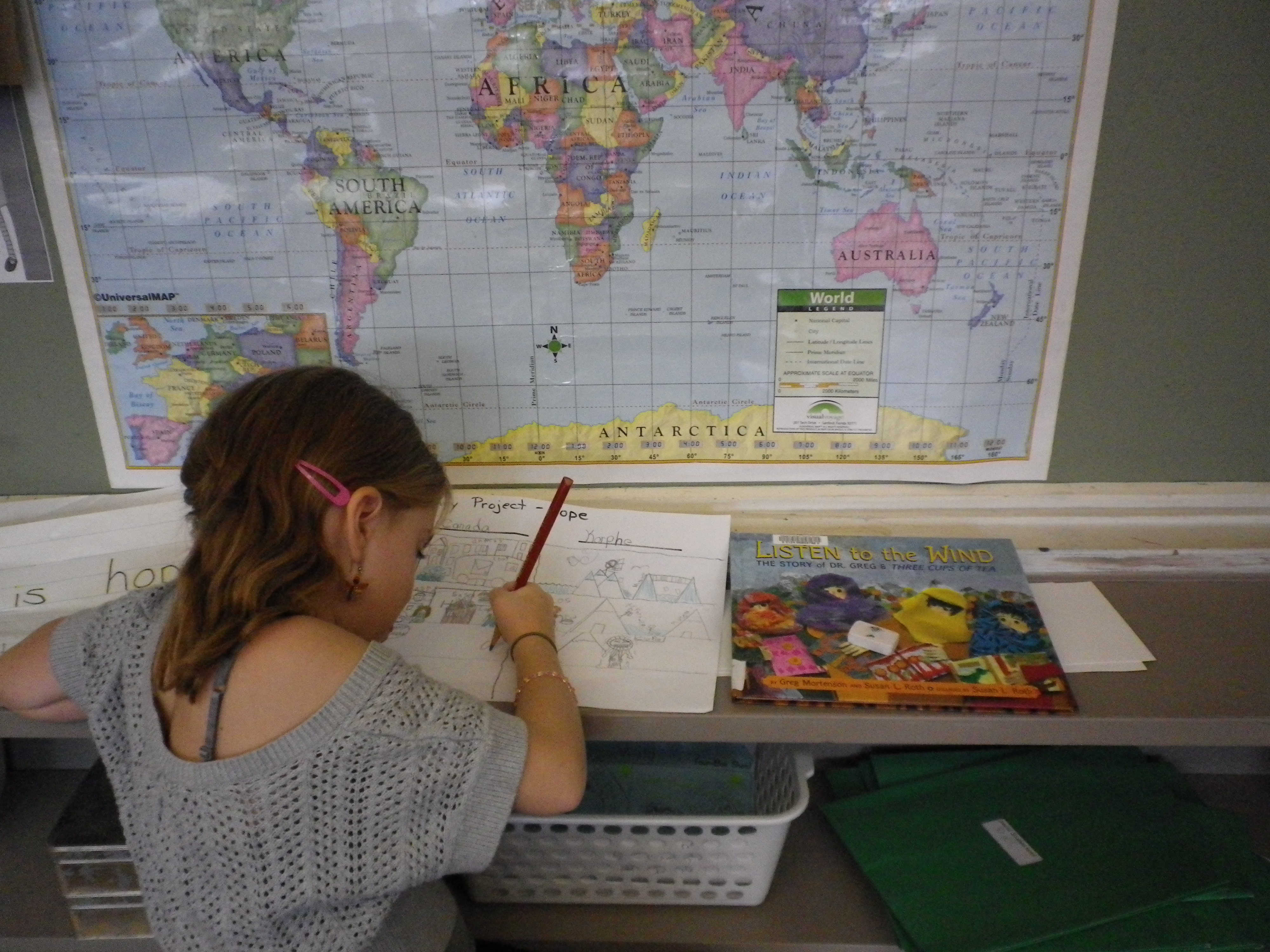Pen Pals – Corresponding with Other Teachers and Students
Pen pals (via actual paper!! or computer) is a great way to link up with other students and teachers. This is something that is wonderful to do throughout the course of the entire school year but it’s also a fun thing to end off with as well. You have a couple options – actual correspondence with francophone students or even writing back and forth to your colleague’s classes at a different school. I’ve found that the yearbook page is a perfect lead in to this activity since students basically have already created their profile in French and can choose to alter it as they wish.
If you’re starting this activity in June, chances are, you’ll only have the time for one exchange but it is still worth it since students will naturally anticipate getting a reply to their letter. Something to consider is also meeting up with the other class and having some kind of event (café/speed meeting, etc) where they can meet and have a personal discussion in French. This exchange can be continued next year when students can continue to build a relationship through correspondence and even future meetings. Not only is this a great opportunity for the students, it also naturally provides a chance for teachers to collaborate with colleagues (much more rare for Core French teachers) on projects and even field trips.
Out of the Mouths of …..Former Students – Serious Words of Advice
Not to give the impression that the entire month of June is a time-filler but between class parties, field excursions, awards assemblies, tournaments, end of the year trips, graduation, etc, there are many days where you need a short/bridge activity. I stumbled across this particular idea entirely by accident when I bumped into four former students in the hallway. With an assembly that unexpectedly ended 40 minutes early and with no energy to entertain the hordes with another French game, I more or less coerced them to come into my class and give a short, impromptu talk about life in high school, and of course, their experience with secondary French.
Tiring of the oft repeated and unheeded “You’re going to need this in Grade 9…,” I figured it would provide my class with real-life renditions of high school experiences and dispel some commonly-held beliefs (or jaded accounts by ill-intentioned older siblings). What resulted was a spontaneous, dynamic discussion that covered a range of topics – challenges, differences with elementary school, preparedness, things they would have done differently, etc.
If you really wanted to play up the French part, it would be a good idea to invite those students who pursued French through high school and to discuss international travel opportunities and future studies/career choices. Somehow, it made a real difference having this frank, open discussion with former peers. They were engaged and because of their familiarity, took their advice seriously. In fact, it was so successful, they willingly agreed to stay and talk to my next class as well. From that year onwards, I always made a point to invite former students back for the same type of discussion. Not only was it beneficial to my grade 8s, it was also an empowering experience for my guest speakers as well.






